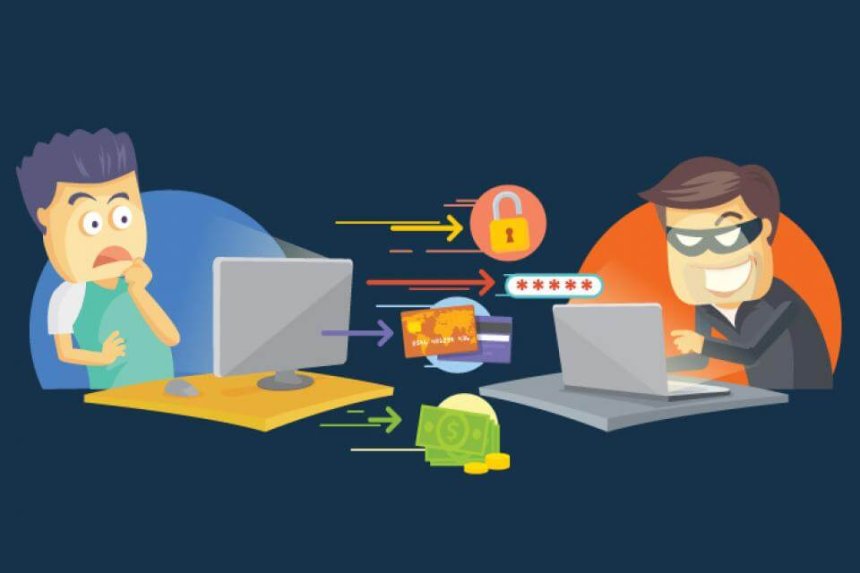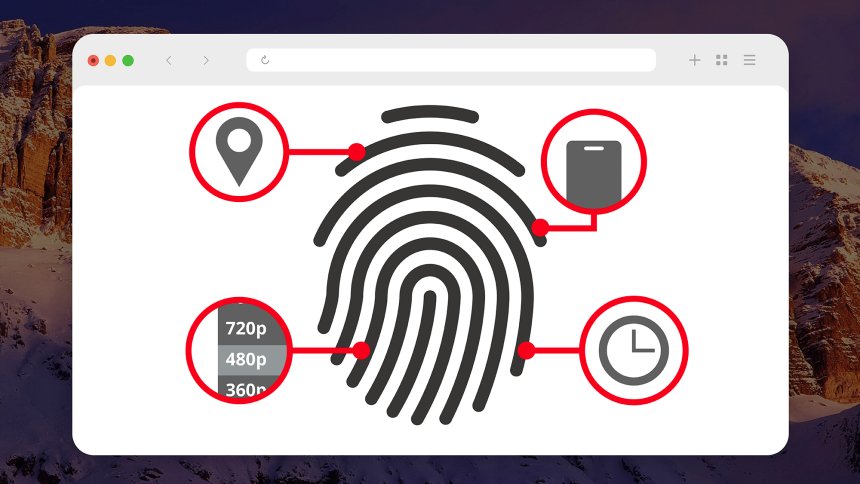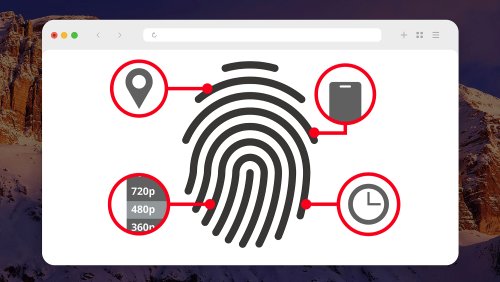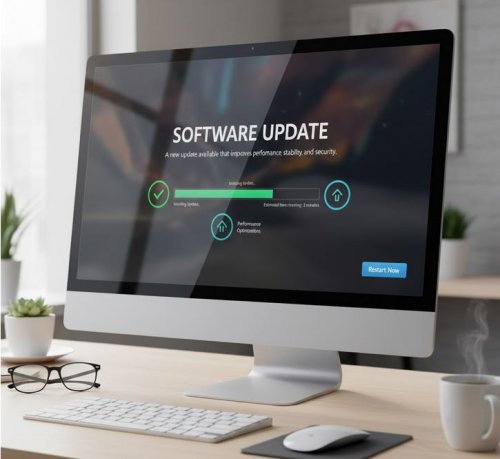🔒 Posting Personal Information Publicly: Why It’s Riskier Than You Think
Posting personal information publicly may seem harmless, but it exposes you to identity theft, scams, and digital profiling. Real-world cases show that oversharing even small details can lead to serious consequences. Always think twice, adjust your privacy settings, and use trusted cybersecurity tools to safeguard your identity online.

🔒 Posting Personal Information Publicly: Why It’s Riskier Than You Think
In today’s hyperconnected world, sharing our lives online has become second nature. We post photos, milestones, thoughts, and daily updates across multiple platforms — sometimes without considering who might see them.
While social media helps us stay connected, every post we make leaves a digital footprint. And when personal information is shared publicly, it can be used against us in ways we might never imagine. From identity theft and scams to cyberstalking and data mining, oversharing can open the door to serious risks.
📱 What Exactly Is “Personal Information”?
Personal information includes any data that can identify you or be used to impersonate you, even indirectly. Some of it may seem trivial, but combined, it can form a detailed picture of your life.
Common examples include:
-
Your full name, birthday, and home address
-
Photos showing your location, school, or workplace
-
Posts about vacations or daily routines
-
Your email address or phone number
-
Details about family members or relationships
-
Pet names, favorite bands, or hobbies (often used in password hints)
Even seemingly harmless information, like a “first car” or “childhood best friend,” can be exploited in security questions or password recovery systems.
⚠️ The Hidden Dangers of Oversharing
Cybercriminals, scammers, and data brokers thrive on information people post publicly. Once shared, your data can be collected, analyzed, and even sold. Here are some of the biggest risks:
1. Identity Theft
When enough personal data is publicly available, criminals can use it to open fake bank accounts, apply for loans, or commit fraud in your name.
2. Phishing and Social Engineering
Hackers craft convincing messages using details they find online — making you more likely to fall for scams that appear legitimate.
3. Stalking and Harassment
Frequent check-ins or location tags can reveal your movements. Malicious individuals may use this to monitor or even approach you in person.
4. Targeted Scams
Scammers use public data to tailor messages that exploit your interests or vulnerabilities. For example, mentioning your job could attract “career opportunity” scams.
5. Corporate Risks
Employees who overshare about their workplace could unintentionally expose sensitive company information — making both them and their employer vulnerable to cyberattacks.
🕵️ Real-World Examples of Oversharing Gone Wrong
1. The Vacation Overshare
A family announced their two-week overseas vacation on social media, complete with photos of packed bags and airport check-ins. While they enjoyed their trip, burglars used that information to time a home break-in, stealing valuables and personal documents.
Lesson: Avoid posting travel plans in real time. Share vacation memories only after you’ve returned.
2. The Birthday Post Trap
A young professional celebrated her birthday by posting a photo of her ID cake — showing her full name and birth date. Within days, her email was hacked. Cybercriminals used her birthday as a password clue and reset several online accounts.
Lesson: Birthdays are one of the most exploited data points in identity theft. Keep them private or at least limit who can view them.
3. The “New Job” Announcement
After a man posted about his new role at a financial firm, he received a message from someone posing as HR — asking him to “verify company login credentials.” It turned out to be a phishing attempt that targeted new employees based on public LinkedIn updates.
Lesson: Be cautious with professional updates. Cybercriminals often use career milestones to launch spear-phishing attacks.
4. The Innocent Family Photo
A proud parent shared a first-day-of-school photo of their child — complete with visible school name and uniform logo. That photo circulated publicly, revealing the child’s location and routine.
Lesson: Always blur or crop identifiable locations in children’s photos before posting.
🧠 Why Awareness Is Key
The truth is, once something is online, it’s no longer completely under your control. Even deleted posts can live on through screenshots, archives, or data-sharing networks.
Oversharing isn’t always intentional — it often stems from trust and excitement. But a small moment of caution can prevent major privacy breaches. Awareness and mindful posting habits are your strongest defense against data exploitation.
🔐 How to Protect Your Personal Information Online
Follow these proactive steps to keep your information — and identity — safe:
✅ Review privacy settings regularly. Most platforms let you limit visibility to “Friends” or “Private.” Recheck them after app updates, which can reset preferences.
✅ Think before you post. Ask: Would I be okay with anyone — including a stranger — seeing this?
✅ Avoid real-time location sharing. Delay posts until you’ve left the location.
✅ Separate personal and professional profiles. Keep work-related updates on business networks like LinkedIn, not personal accounts.
✅ Be cautious with photos. Avoid images that reveal addresses, license plates, or school names.
✅ Limit information in your bio. You don’t need to list your city, birthday, or workplace publicly.
✅ Educate family and friends. Oversharing by others (tagging you, posting about you) can also put your privacy at risk.
✅ Use cybersecurity tools. Software such as CyberShield Privacy Guard can scan for exposed data, monitor leaks, and help you manage your digital footprint.
✅ Search yourself online. Run your name through search engines occasionally to see what’s publicly visible.
✅ Avoid answering social media “games” that ask personal trivia (“What’s your first pet’s name?”) — they often mimic password recovery questions.
🛡️ The CyberShield Perspective
At CyberShield Software, we believe that digital privacy is not just a technical matter — it’s a personal right. Every user should have the knowledge and tools to protect their data from exploitation.
Our goal is to empower users to make safer online choices through awareness, education, and advanced protection technologies. By combining secure software with informed digital behavior, you can dramatically reduce your risk of data exposure.
Remember: once your information is public, you can’t control who uses it — but you can control what you share.
💬 Final Thoughts
The internet is a public space that never forgets. Every post, photo, or comment adds another piece to your digital puzzle — and in the wrong hands, that puzzle can be dangerous.
Before posting anything, pause and ask:
“Could this information be used to identify, locate, or impersonate me?”
That single moment of awareness can save you from months of frustration, loss, or worse.
Stay smart, stay cautious, and keep your private life truly private.
CyberShield Software reminds all users: protecting your privacy starts with you. Think before you post — because once it’s public, it’s permanent.
Share
What's Your Reaction?
 Like
0
Like
0
 Dislike
0
Dislike
0
 Love
0
Love
0
 Funny
0
Funny
0
 Angry
0
Angry
0
 Sad
0
Sad
0
 Wow
0
Wow
0













